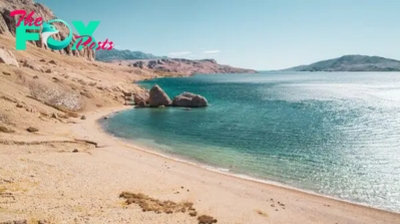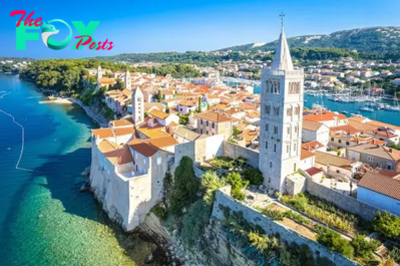Travel
Beginner’s Guide to Porto: 48 Hours in Portugal’s Northern Capital
As soon as I landed in Europe, and those €15 Ryanair flights were within my grasp, I knew there was one city calling my name: Porto. Its winding river, colorful buildings, and pastel de nada were all the stuff of legends.
So, I did what every reasonable Travel writer would do: hopped on the next plane over to spend a whirlwind 48 hours in Porto.
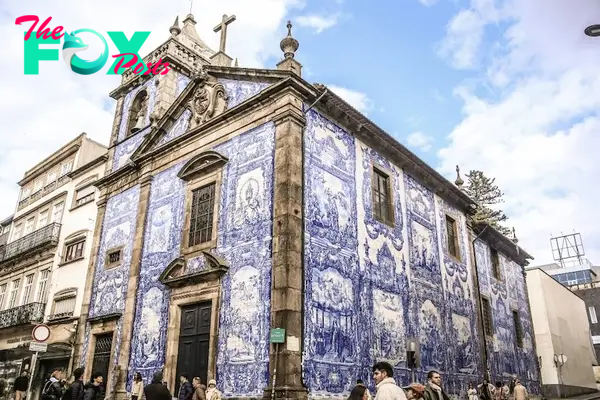
With no plan and a 40x20x25 backpack, I set off to see what makes this city tick. Besides local tour guides, hostel receptionists are usually one of my favorite sources of knowledge to find out about the coolest spots in town.
My receptionist had a particularly poignant piece of advice: “You just need to feel the vibe of Porto.” She couldn’t be more right.
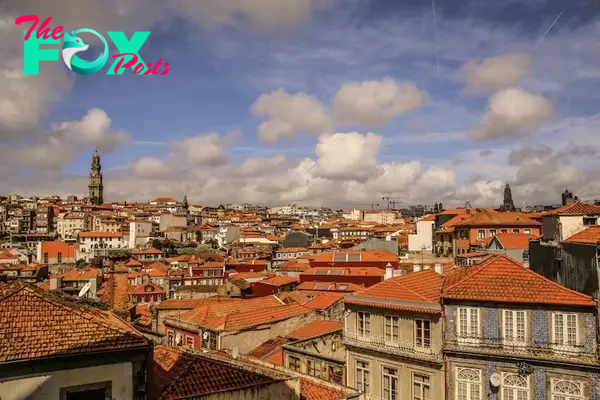
With only 48 hours on my side, I did hit a little panic, devastatingly worried I was going to miss out on something. But simply being in Porto was enough. I let myself be mesmerized by the tilework, soak in the clanging of the vintage streetcars, and appreciate the drizzle that made the cobblestones glimmer.
Now, I am here to help you navigate 48 hours in Porto and understand what the city is all about.
How to get around Porto

Between Porto and Lisbon, the latter has more demanding hills, but Porto is still entirely built on the slopes of the riverbank and your dogs will be barking by the end of it. The tram from the airport? A breeze. The buses? As easy as pie.
But once you’re actually in the historic center, be prepared to be charmed and challenged in equal measure. It is a very walkable city in terms of distance, but you will thank yourself for planning accordingly and finishing your activities at the top of the hill before going down.
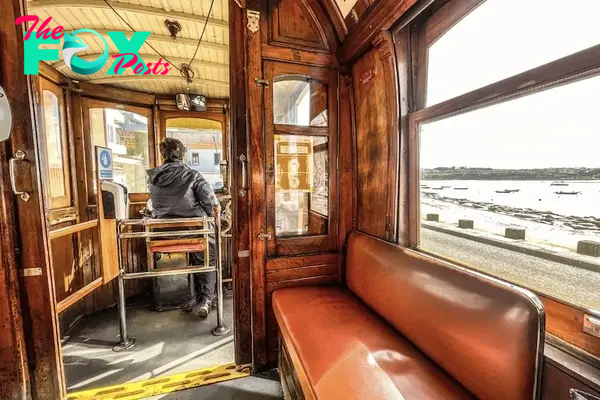
Now, the old-school trams are a treat for the eyes but not so much for the wallet. They chug up and down the hills, offering views and vibes straight out of your historic fantasies. But here’s a tip: while the unlimited ride ticket might seem like a golden key to the city, it’s more like a golden ticket to just a very small, albeit picturesque, part of it.
My advice? Splurge on one ride for the ‘gram, then lace up your most comfortable shoes and prepare to conquer those hills on foot. The experience? Priceless.
Pro Tip: Take the tram along the River on Line 1 towards the sea. There are beautiful gardens and an oceanside promenade, giving you a break from the city center. But don’t get on the tram, there is no more sitting room. The trams run often enough that you can wait for a seat on the next one.
What to eat in Porto
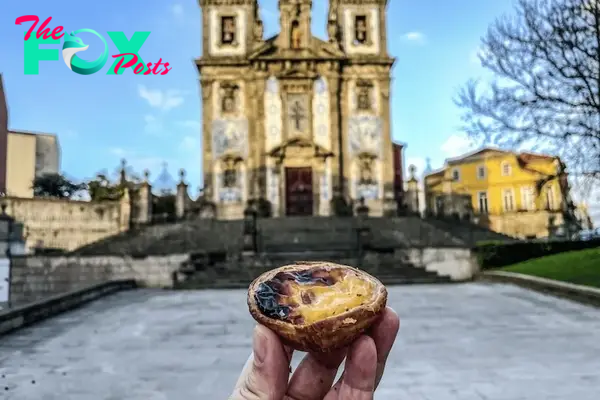
I think the bigger question here is, “What not to eat in Porto?” Here, sandwiches are the name of the Game and each one is more indulgent and triumphant than the next. The biggest attraction is probably the humble pastel de nata, a pastry that is impossible not to like.
Halfway up a grueling hill, I stumbled into Nata Sweet Nata, pretending to admire the interior. But with trays of flaky custard tarts coming straight out of the oven, I couldn’t resist. You too will find yourself whispering sweet nothings to tart, waxing lyrical about it for weeks to come.
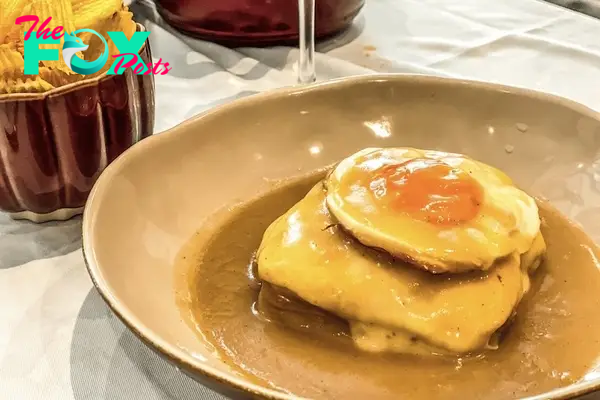
And don’t get me started on the francesinha—a dish that might as well be Porto’s middle name. Picture this: a sandwich filled with layers of meat, topped with cheese and an egg, swimming in a secret spicy sauce.
Each restaurant boasts its own rendition, ranging from fiercely traditional at A Regaleira where it was invented to more experimental at vibey modern bars.
And for a snack? The cachorrinho from Cervejaria Gazela is not just a hot dog; it’s a rite of passage. The Portuguese hot dog, or “puppies” as it translates, is smashed and slathered in butter and cut into sharable pieces. The sandwich list goes on with prego, terylene, bifana, and more waiting to be enjoyed.
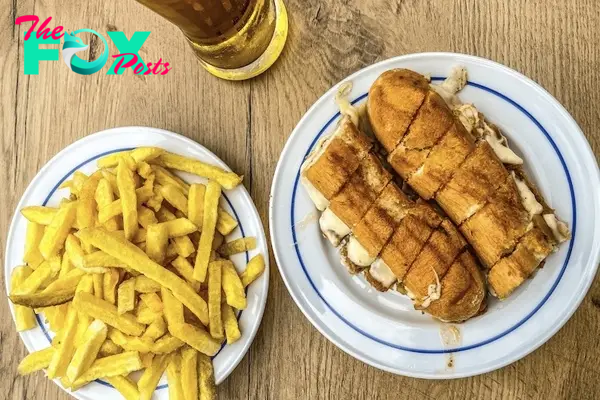
Pro Tip: Although there is some novelty around trying dishes at the restaurant where it was first invented, I found that their Recipes usually lacked some imagination. I much more enjoyed contemporary takes on each dish, where restaurants have taken some liberty to change the recipe ever so slightly. These were also usually more affordable and less touristy.
What to drink in Porto
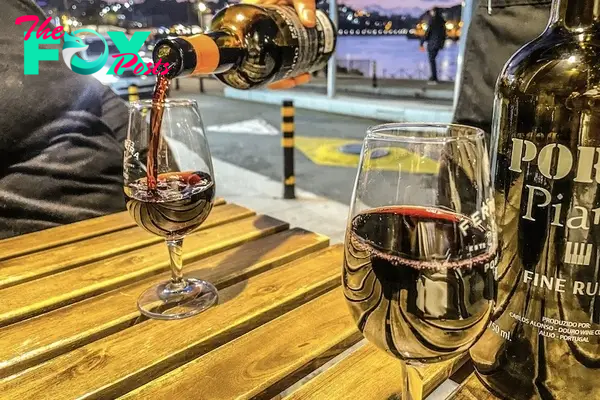
This one is a little easier to answer. When in Porto, drink Port! Sweet wine isn’t everyone’s cup of tea, but not indulging is like going to Paris and not eating a croissant. It simply isn’t done.
A glass of ruby red port is the perfect aperitif around dusk, warming you up from inside as the air cools down around the riverside. You can also try a port tasting to experience the full spectrum of ports, from honey yellow to dark purple.
You would be remiss if you didn’t try at least a glass or five of Portuguese wine. Portugal is especially known for its red wines and they are all sublime. Wine is affordable and readily available, making it the perfect complement to any meal.
Pro Tip: Always carry cash with you. Many small wine bars only accept cash and you don’t want to be left thirsty because you are an Apple Pay fiend like me.
A tile as old as time

In Porto, tiles are not just tiles. They are the city’s trademark, each one telling a story of glory, grief, and everything in between. Obviously, you can Google: “The best tile spots in Porto for Instagram”, but where’s the fun in that? Half of the magic of the iconic blue facades is turning a corner and having a building unveil itself before you.
And it’s not only the blue and white tiles that you should be after, there are dozens of designs, from detailed floral borders to shimmering subway tiles covering whole buildings.
That being said, there are a few spots that you simply can’t miss. The São Bento Station is a favorite and the Igreja do Carmo is one of the first that will greet you when you enter the city.
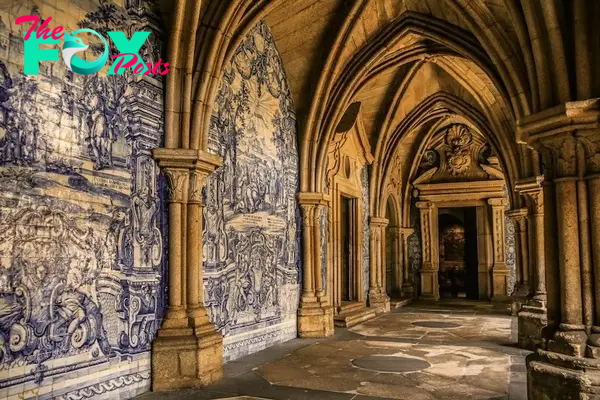
The Church of Saint Ildefonso is fringed by a bright yellow building for a quirky ambiance and Capela Das Almas was a personal favorite with two massive facades decorating a busy intersection. The Porto Cathedral is also a must with its tile-clad courtyard.
And for those who fear their beloved facades might one day fade, the Bank of Materials stands as a testament to Porto’s commitment to preservation. Here, building owners can deposit or withdraw tiles to keep up with the maintenance of these decorated heritage masterpieces.
Pro Tip: For the best photos, venture into the city before 9 AM. The city sleeps late and you will get amazing, tourist-free photos if you hit these spots early in the morning. The white light of the morning sun is also much better for photos against this backdrop than the golden hour rays.
Visit the most beautiful bookstore in the world

The Livraria Lello is not just a bookstore; it’s a pilgrimage site for book lovers and anyone who appreciates beautiful things. It is one of the only places I paid to visit and it was worth every penny of the €8 fee.
It was also the only place in the city where I saw a line to enter, so you could call it the hottest ticket in town. Many say the store served as inspiration for J.K. Rowling’s magical world, but that can be said about most old places in Europe.
Nevertheless, the store’s inside is almost entirely made of wood with the exception of the red-painted staircase and stained glass roof. The books are all limited edition to the store and the cover art is each a masterpiece on its own.
If you can look past the queues of iNFLuencers waiting to get snapped on the stairs, you will appreciate the significance of this store which is more than 100 years old. They keep almost only historic titles like 1984, Lolita, and Gulliver’s Travels but if you do decide to make a book investment, your €8 ticket will be deducted from the title cost.
Pro Tip: Don’t get annoyed. Be prepared that this store WILL be full of clout chasers hogging the stairs. Just accept it and enjoy strolling through the store on your own time.
Experience The River’s Many Faces

The Douro River isn’t just a body of water; it’s Porto’s lifeline, a mirror reflecting the city’s many moods. During your 2-day stint, you should carve out time to experience the river at all hours of the day. There are seven bridges spanning the river and a riverboat cruise is the best way to see them all. These cruises aren’t too expensive at only €15 and many include a glass of Port.
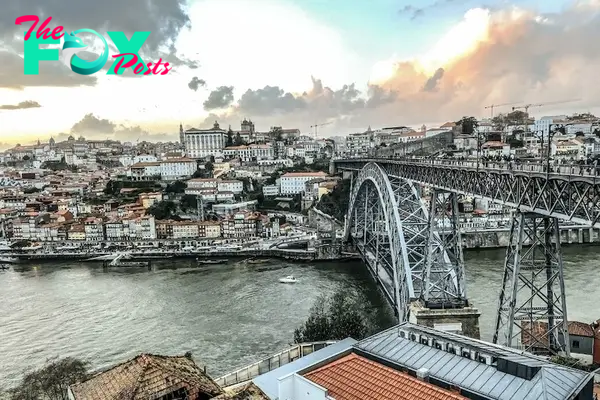
The Dom Luís I Bridge is the most striking of the lot and if you don’t fear heights, take the time to walk across the top level of this iron giant. Prefer to keep your feet closer to the ground? There is a road crossing at the foot of the bridge and the view from the bottom is equally as interesting, seeing the skeleton of the structure rise above you.
The riverside promenade at both the Porto and Gaia sides offers beautiful perspectives of the city, each unique in its own way. I preferred walking along Gaia in the morning to see the colorful buildings on the opposite side spring to life.
As night falls, a walk along the waterfront on the historic side is on the menu. Here you will find musicians making music every few meters and vibrant restaurants spilling onto the sidewalk.
And for that golden hour glow, the Jardim Do Morro is where the sun kisses the city goodnight. You will find crowds gathering along these grassy terraces watching the sunset.
Pro Tip: Walk across Dom Luís I Bridge just before sunset, watching the sky light up from the top view. Then walk down the cobblestoned Calcada da Serra before it gets dark and stop for a €5 port tasting at the nameless bar on your left, where you can enjoy the last glimmer of sunset and some live music on the riverside.

-

 Travel3d ago
Travel3d agoThese 11 Destinations Are So Stunning, They Don't Seem Real
-

 Travel4d ago
Travel4d agoAn Insiders’ Guide to Boston's Chinatown — Where to Eat and Drink
-

 Travel4d ago
Travel4d agoAll Aboard the Franschhoek Wine Tram
-

 Travel4d ago
Travel4d agoUnraveling the Mysteries of Ephesus, Turkey
-

 Travel4d ago
Travel4d ago6 Things to do in Cappadocia, Turkey
-
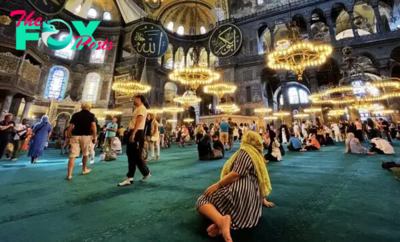
 Travel4d ago
Travel4d agoA Beginner’s Guide to Istanbul: The City of Two Continents
-

 Travel5d ago
Travel5d ago6 Vineyards Not to Miss in the Cape Winelands
-

 Travel5d ago
Travel5d agoA Beginner’s Guide to Kruger National Park: Discover the Big 5
